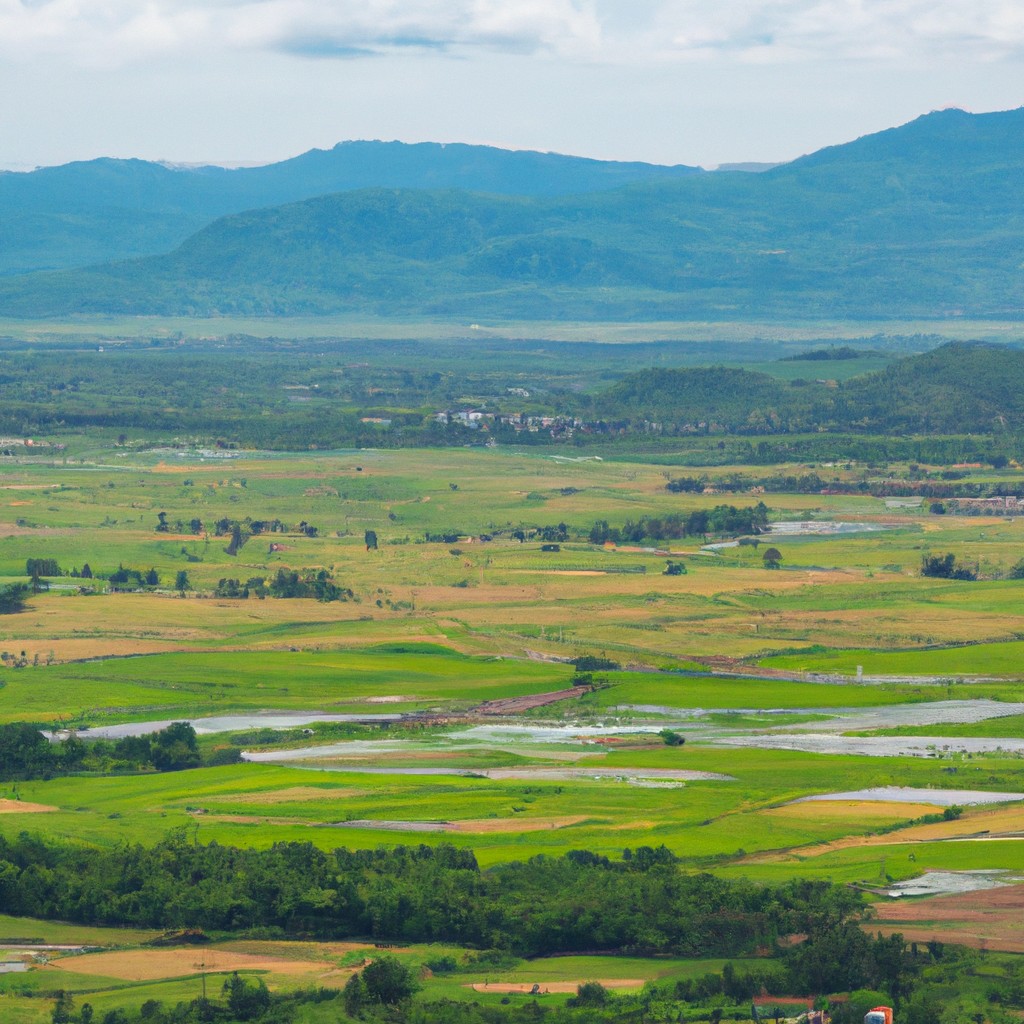Learn about the vibrant agricultural landscape of the Philippines, including its key crops, challenges, and sustainable practices, in this quick guide.
Look Inside:
Status of Agriculture in the Philippines

Agriculture in the Philippines is as colorful as a fiesta, with its vibrant mix of crops, livestock, and fisheries. This archipelago relies heavily on agriculture for both sustenance and economic support. Picture this: rice paddies stretching to the horizon and banana plantations reminiscent of a jungle gym for monkeys.
Key crops include staples like rice and corn, the stars of many local dishes. Export champion coconut gracefully joins the dance, while mangoes attempt to steal the spotlight. Livestock, not to be outdone, contribute greatly with pigs and poultry leading the charge, ensuring nobody leaves the feast hungry.
While playing an essential role in the national economy, agriculture faces the complex tango of modernization and traditional practices. A bit like teaching an old dog new tricks while it balances a coconut on its nose. It’s a lively sector, indeed.
Challenges in the Agriculture Sector
What’s a farmer’s least favorite video game? Fieldcraft!
Unpredictable weather and natural disasters often play havoc with the lives of Filipino farmers, turning their game plan upside down. Typhoons don’t just blow away hats; they can wipe out entire fields.
Lacking modern agricultural technology is another hurdle. Imagine using a flip phone in the era of smartphones. Outdated equipment and practices limit productivity, as if plowing through molasses.
Land reform issues add another layer of complexity. Navigating legal land ownership can feel like playing a game of Twister blindfolded.
Access to financial resources is tighter than a pair of skinny jeans. Farmers often struggle to get loans or investments to improve their operations, stalling potential growth.
Lastly, overdependency on rice and sugarcane monoculture has the biodiversity of a slice of plain white bread. Diversifying crops could pave the way to a more sustainable future, but is easier said than grown.
Grains: Rice and Corn
Ah, rice and corn, the dynamic duo of the Philippines’ agriculture! Like Batman and Robin, but for dinner. They feed millions and have been the backbone of local diets for generations.
First up, rice. It’s like a family member at Filipino gatherings—always present, never late. Thanks to the country’s vast paddies, rice forms the staple food, starring in dishes from sinangag to arroz caldo. But don’t be fooled by its reliability; rice farmers often wrestle with typhoons and pests. Mother Nature can be a bit of a diva.
Corn, on the other hand, is the country’s versatile sidekick. Used for feed, oil, and snacks like cornick, this grain is not just filling stomachs but fueling livestock too. Cornfields abound in regions like Cagayan Valley, where farmers navigate the tricky dance between wet and dry seasons. It’s like the tango—complicated but rewarding.
Together, these grains support livelihoods and reinforce cultural identity. And, much like trying to walk past a buffet without taking a second helping, the demand just keeps growing.
Coffee and Coconuts
Coffee and coconut aficionados know the Philippines isn’t just about those magical beaches. These two products are star players in the agricultural symphony.
First, let’s talk about the tropical delight itself: coconuts. The Philippines sits comfortably as one of the world’s top coconut producers. This comes as no surprise since the climate practically screams “coconuts!”
The coconut industry is a giant employer. People are busy extracting oils, creating coconut sugar, and even giving coconuts a second life as biofuel. Talk about green multitasking!
Then, there’s coffee. Divine, aromatic, and a bit of a drama queen if you consider its humble to high-end shift. From local farmers to barista maestros, the coffee industry sips from both cups. It patches up local livelihoods and satisfies caffeine cravings across continents.
Sustainable practices are making coffee and coconut sectors even more robust. Shade-grown coffee? Excellent. Coconut husk recycling? Brilliant. The final score? A standing ovation for sustainability while sipping that coconut milk latte. Cheers!
Environmental and Social Issues
Forests are falling faster than anyone can say “timber!” as deforestation makes way for agriculture. Land conversion for crops and livestock disrupts ecosystems, much like that uninvited uncle at family dinner.
Farmers face erratic weather patterns due to climate change, turning once predictable rains into guessing games. Think of it as cosmic whack-a-mole, but with thunderclouds.
Smallholder farmers struggle like plants in a drought, with limited access to resources and technology. It’s tough tilling the land when the nearest WiFi signal is a mirage.
Water pollution and soil degradation mean that crops sometimes need more than just a good chat to thrive. Runoff from chemical fertilizers joins the party, creating ecological mischief downstream.
Meanwhile, urbanization grows faster than bamboo in monsoon season, swallowing arable land like it’s the last slice of pizza. At this pace, even goats are getting eviction notices.




